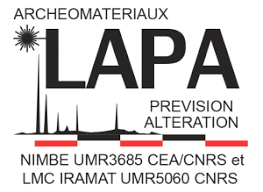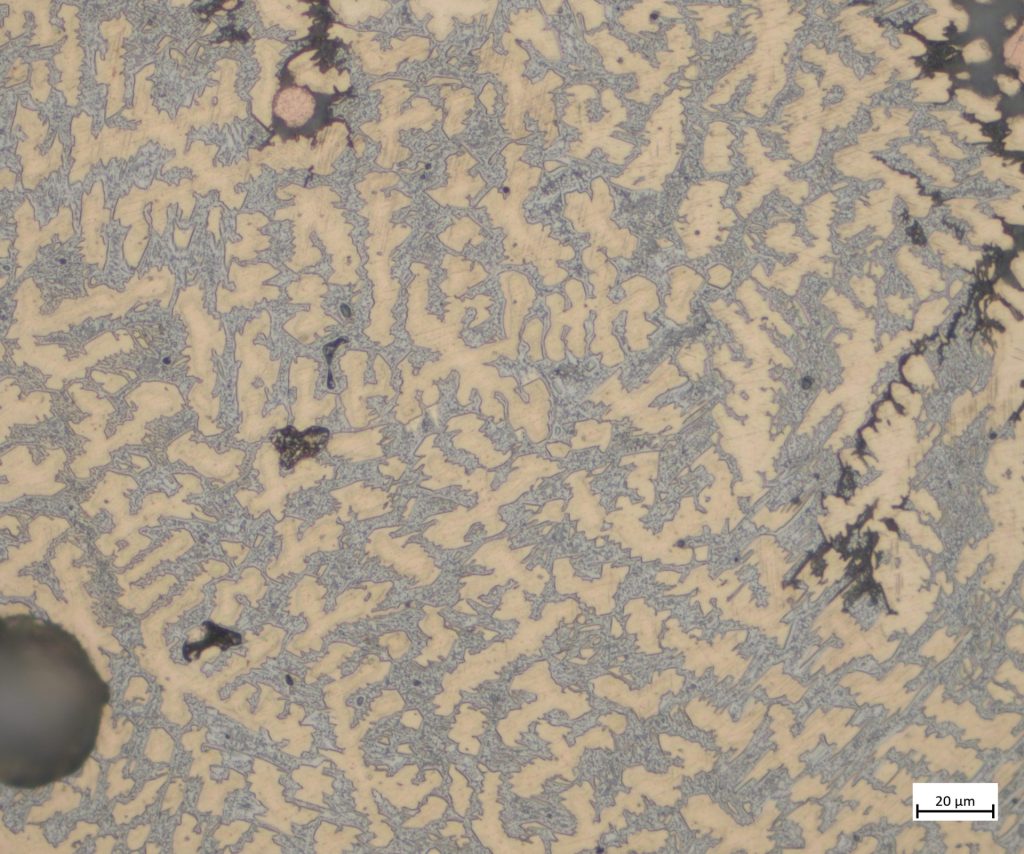Presentation
Activities in archaeometallurgy involve historical and archaeological approaches. Physico-chemical methods for investigating materials are used to gain a better understanding of the processes involved in the production of alloys and ancient metal objects. One aspect of archaeometallurgy studies is to read the thermo-chemical history of the object in the microstructure of the material itself. This microstructure can be deciphered using various microscopy and analysis methods specific to materials science. Both ferrous and non-ferrous metals are considered. Analyses can also be carried out on archaeological structures and the waste products of metallurgical operations found on archaeological production sites. This information provides insight into the know-how and technical practices of ancient societies. Another objective is to study the chemical signatures of trace elements in order to reconstruct the production sites and therefore the origins and trajectories of metal objects.
The LAPA is a leader in studies of the provenance of ferrous metals by comparing the trace element (rare earth) chemical signature of non-metallic inclusions in objects with that of reduction slag found on production sites. A specific methodology has been put in place, based on a combination of the acquisition of chemical data by EDS SEM (major elements) and LA-ICP-MS (trace elements) and statistical approaches. This methodology has also led to the development of an international database hosted by LAPA (the CHIPS database) and has been applied to many different types of objects: medieval armour, antique bars, Iron Age semi-finished products, cathedral reinforcing irons and staples (including Notre-Dame de Paris).
These approaches, based on a cumulative approach to data acquisition specific to the Human Sciences, are part of long-term projects dealing with major issues in history and archaeology, which aim to specify the origin, reconstruct the exchange networks and the technical levels of societies in several techno-cultural contexts (Europe, South-East Asia, etc.). Besides, in collaboration with the LMC14, the LAPA is developing a methodology for dating ferrous metals using radiocarbon techniques.
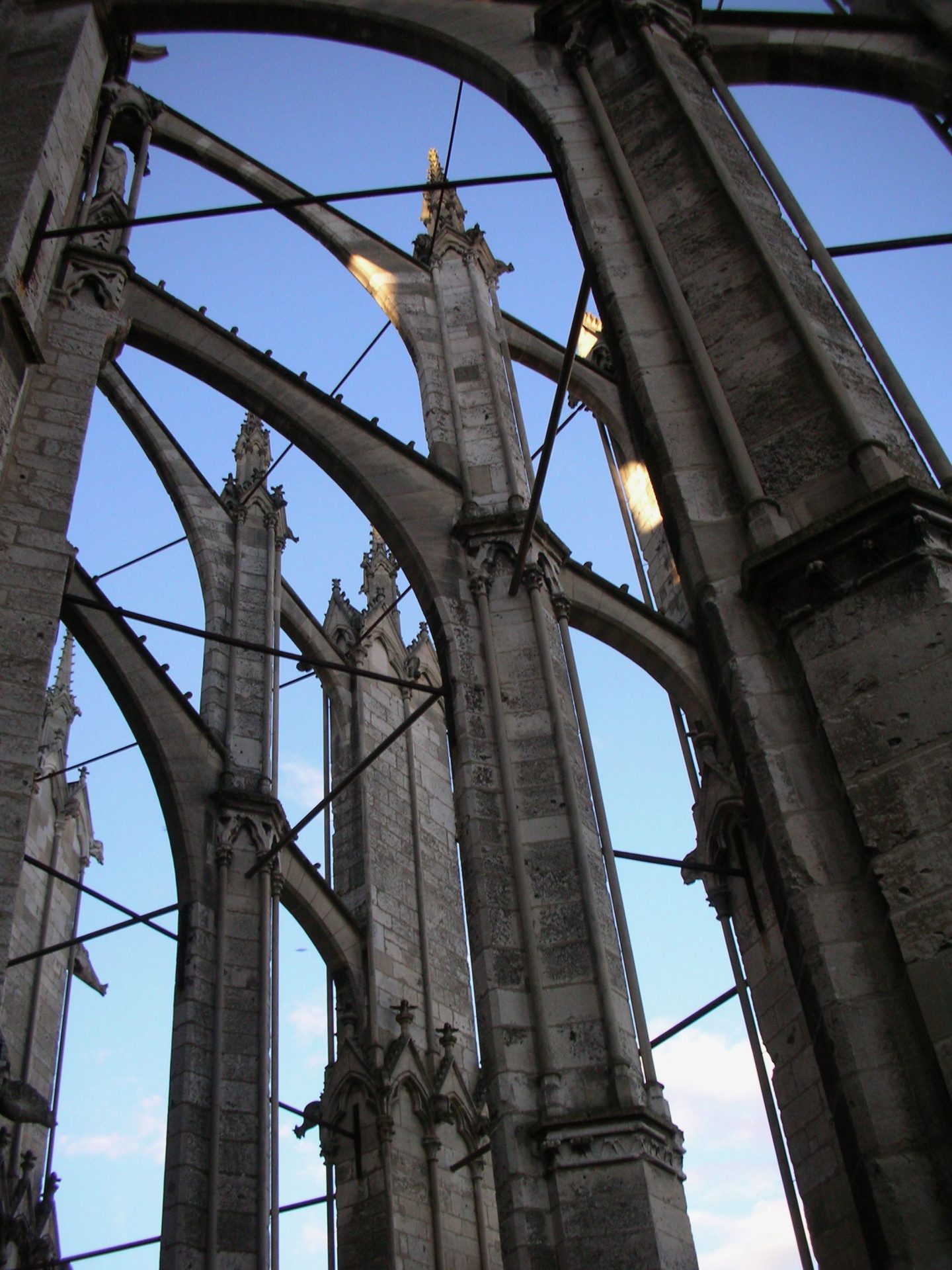
The Vialas Bocard Foundry
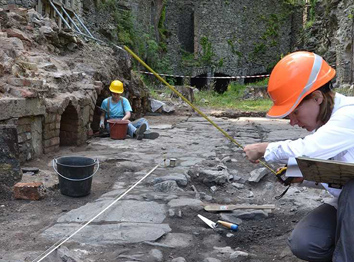
Archaeological excavations and 3D scanning
The Melle XP Platform
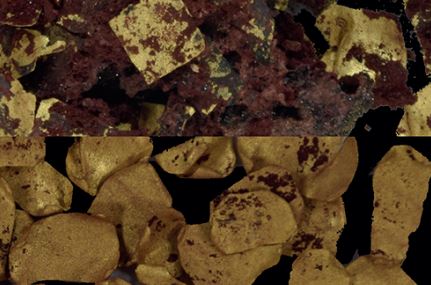
Experimental archaeology of materials associated with metal production: (Re)bringing science into culture
Notre-Dame de Paris Scientific Project
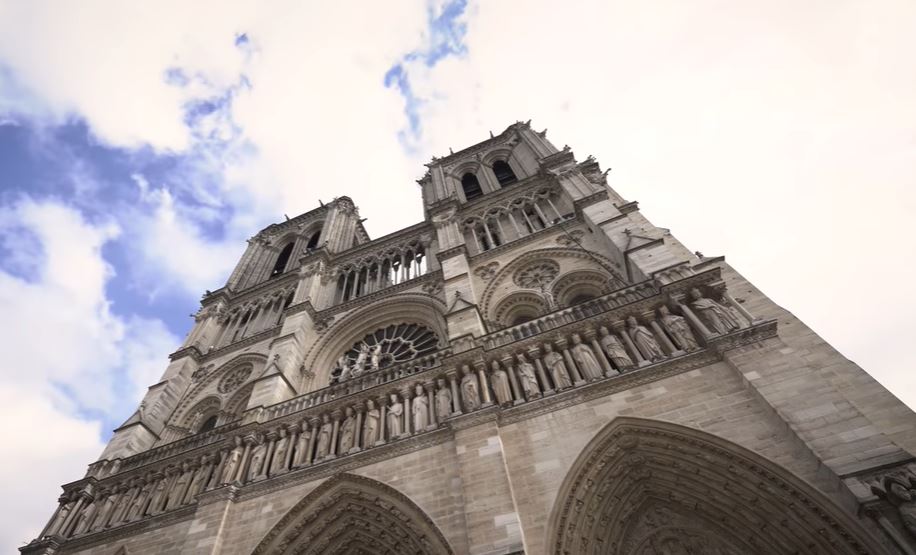
Dating of construction phases, materials and techniques used by medieval builders, supply circuits, climate




